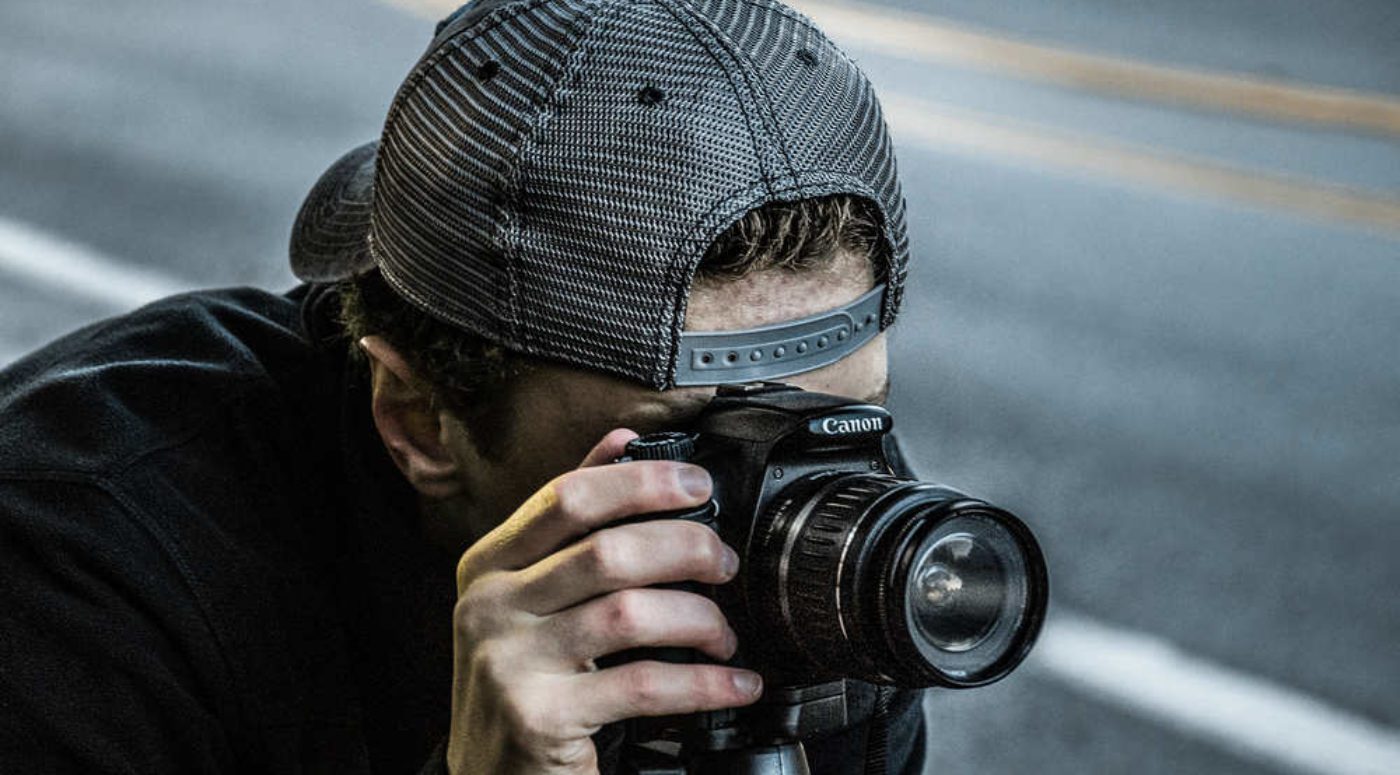

Are you suspected of taking or holding photographs of children? Are you unsure whether what you are doing or have done is against the law? Do you need to know if it is illegal to take pictures of minors without permission in the UK? If so, you’re in the right place. This article covers some of the main issues and questions involved in taking photographs of children without permission. If you are concerned about how these laws might impact you, it is important to seek legal assistance as soon as possible.
Is it legal to take photographs of children without permission?
It is legal to take photographs in public, even of other people or children, without the permission of the people in the photograph (or their parents, in the case of children). There is no reasonable expectation of privacy in public, so others cannot expect to be free of all photography. One must be careful, however. Photographing others could end up in a confrontation. In addition, targeted photography of another could breach harassment laws. And where a person can reasonably expect privacy, such as in their home, it would likely breach privacy laws to photograph them.
Importantly, while it is not illegal to take photographs of children in public, it is a very serious crime to take indecent photographs of children, in public or elsewhere.
What is classed as taking or possessing indecent photographs of children?
There are two main offences of taking and possessing indecent photographs of children. One is generally related to indecent photos, their possession, and their creation. The other is focused on possession of indecent photographs of children.
Taking indecent photographs of children
The Protection of Children Act 1978 makes it a crime to take, make, permit to be taken, distribute, show, possess with the aim of distribution, or publish any advert likely to be understood as meaning that the advertiser shows, an indecent photograph of a child. It is an either way offence (meaning the offence can be heard either in the magistrates’ court or in the Crown Court) punishable on indictment (meaning a prison sentence is likely).
The wording of the Act is clear: it takes only one indecent photograph of a child to constitute a crime. A child is a person under the age of 18.
The issue of indecency is more complicated. The sentencing guidelines lay out specific categories of indecency, but these are not to be considered when deciding whether something is indecent, only for sentencing. Rather, the jury must consider the allegedly indecent photograph objectively, consider the age of the child, and whether it is the photograph itself, which is indecent, not the conduct of the defendant in a case.
Whether someone has ‘made’ an indecent photograph is also not clearly defined but has been considered to mean a wide array of things, including opening an attachment to an email with an indecent photograph, downloading an indecent photograph, or even accessing a website where indecent images are advertised by way of pop-up boxes.
Possession of indecent photographs of children
It is an offence to possess any indecent photograph of a child under the Criminal Justice Act 1988. Indecent is not defined in the legislation. Indecency will likely be considered in the same way as under the Protection of Children Act 1978.
There are two main requirements: the person must have control of the indecent photograph as well as know that they possess it.
These offences apply regardless of the consent of the child or their parents.
Can a child be held criminally responsible for taking or possessing an indecent photograph, of themselves or someone else?
It is more and more common that children are taking photographs of themselves and sharing it with others or online. It is also more and more common that some of these photographs are indecent, constituting ‘nudes’. Does this constitute taking, making, or distributing an indecent photograph? Does another child who receives the photograph or sees it online commit a crime?
It is beyond questionable that an adult who views or saves such indecent photographs is committing an illegal act (if there is no defence).
However, it is evident that even children sharing indecent photographs of themselves or others with another child or an adult constitutes a crime. It is unclear how serious these instances will be treated by the prosecutors and the courts.
What are the common defences to a charge of taking or possessing an indecent photograph of a child?
According to the Crown Prosecution Service (CPS), there are three common defences to a charge of taking or possessing an indecent photograph of a child.
It will be a defence if the person had a legitimate reason for taking or possessing the indecent photograph. A legitimate reason might be medical or clinical purposes. However, a court will ultimately consider the genuine purpose of the photograph. For instance, if an indecent photograph is taken under the pretence of medical research.
A person may have a defence if they had a lack of awareness. In order words, if they had not seen the photograph and had no reason to think it was indecent.
A defence may also exist on the basis of a relationship. In this respect, there may be a defence if the defendant and child in the photograph were married, civil partners or lived together in an enduring family relationship. The child must be 16 or 17 at the time, above the age of consent, and so does not apply to younger children. The photograph must show the child alone or with the defendant. However, notably, this will not be a defence where there is the intention to distribute the indecent photograph to others.
It will be a defence to the offence of possession specifically if a person charged with possession of an indecent photograph can prove that they had a legitimate reason for having the photograph, that they had not seen the photo, that they did not know or suspect it was indecent, or that the photograph was sent to them without asking for it and it was not kept for more than was reasonable in the circumstances.
What happens if a defence to taking or possessing an indecent photograph is successful?
A successful defence will result in the defendant being acquitted of the crime, meaning they will not receive any punishment or a criminal record. In addition, one will not have to sign the sex offenders’ registry.
What is the maximum sentence for taking or possessing indecent photographs?
The absolute maximum sentence for taking indecent photographs of children is 9 years’ imprisonment. Custodial sentences in the context of indecent photographs of children is likely.
Sentencing guidelines categorise the seriousness of the offence in a given case:
- Category A – Images involving penetrative sexual activity, sexual activity with an animal or sadism.
- Category B – Images involving non-penetrative sexual activity.
- Category C – Indecent images not falling within categories A or B.
Category A is the most serious while Category C is the least serious. The categories are also distinguished by possession, distribution, and production of indecent photographs of children. For instance, the starting point for production of an indecent photograph of a child is 6 years, but it can be reduced to 4 or increased to 9 years’ custody. On the other hand, the starting point for distribution of an indecent photo is 1 year’s custody, which can be reduced to 26 weeks’ custody or increased to 2 years’ custody.
The court will also consider the following aggravating factors, which will make the sentence more serious:
- Previous convictions
- Offence committed whilst on bail
- Failure to comply with current court orders
- Offence committed whilst on licence
- Age and/or vulnerability of the child depicted
- Discernible pain or distress suffered by child depicted
- Period over which images were possessed, distributed, or produced
- High volume of images possessed, distributed, or produced
- Placing images where there is the potential for a high volume of viewers
- Collection includes moving images
- Attempts to dispose of or conceal evidence
- Abuse of trust
- Child depicted known to the offender
- Active involvement in a network or process that facilitates or commissions the creation or sharing of indecent images of children
- Commercial exploitation and/or motivation
- Deliberate or systematic searching for images portraying young children, category A images or the portrayal of familial sexual abuse
- Large number of different victims
- Child depicted intoxicated or drugged
If a community order is sufficient, it may include rehabilitation, unpaid work of 40 to 300 hours, and a curfew.
Where to find help with indecent photographs charges
If you have been accused or charged with taking or possessing indecent photographs of children, it is time to find legal help you can trust. Stuart Miller Solicitors has a track record of successfully defending cases just like yours. Our team of dedicated lawyers are there to give you all the advice you need in a non-judgmental manner, and to help you compile a defence. To arrange a friendly no-obligation consultation, get in touch today.
OUR COMMITMENTS TO YOU:
-
Responsive
A legal expert will consult you within 24 hours of making an enquiry.
-
Empathetic
We will always treat you with trust, understanding and respect.
-
Specialised
Your case will be handled by an expert who specialises in your type of offence.
-
Proactive
We will take early action to end proceedings as soon as it is practically and legally possible to do so.
-
Engaged
You will be kept updated on your case at all times. We will provide a named contact available to answer your questions.
-
Caring
We understand this is a difficult and stressful time for you and your family. Our team will support you every step of the way.
-
Tenacious
We will never give up on your case. We fight tirelessly to get you the best possible outcome.

